The following is the fourth in a series of articles on Japan’s wartime sexual enslavement of Asian women on the occasion of the 61st anniversary of the foundation of The Korea Herald on Aug. 15. ― Ed.
Since former “comfort women” came forward in the early 1990s, the government, academics and activists have been building a treasure trove of documents, photos and other publications to substantiate Japan’s sex slavery during World War II.
While the victims’ testimonies serve as the most vivid and immediate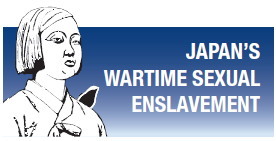 evidence, the expanding archives can be a potent tool with which to ratchet up pressure on Tokyo to resolve the issue, experts say.
evidence, the expanding archives can be a potent tool with which to ratchet up pressure on Tokyo to resolve the issue, experts say.
“The records play a key role in corroborating the military’s involvement,” says Seo Hyun-ju, a historian at the Northeast Asian History Foundation in Seoul.
“The focal point is that the comfort women system constitutes systematic sexual violence against women in conflict by the military, which is a state organ.”
Historians assess that up to 200,000 women from Korea, China, the Philippines, Indonesia, the Netherlands and elsewhere were taken to frontline brothels, mostly against their will.
Since former “comfort women” came forward in the early 1990s, the government, academics and activists have been building a treasure trove of documents, photos and other publications to substantiate Japan’s sex slavery during World War II.
While the victims’ testimonies serve as the most vivid and immediate
 evidence, the expanding archives can be a potent tool with which to ratchet up pressure on Tokyo to resolve the issue, experts say.
evidence, the expanding archives can be a potent tool with which to ratchet up pressure on Tokyo to resolve the issue, experts say. “The records play a key role in corroborating the military’s involvement,” says Seo Hyun-ju, a historian at the Northeast Asian History Foundation in Seoul.
“The focal point is that the comfort women system constitutes systematic sexual violence against women in conflict by the military, which is a state organ.”
Historians assess that up to 200,000 women from Korea, China, the Philippines, Indonesia, the Netherlands and elsewhere were taken to frontline brothels, mostly against their will.
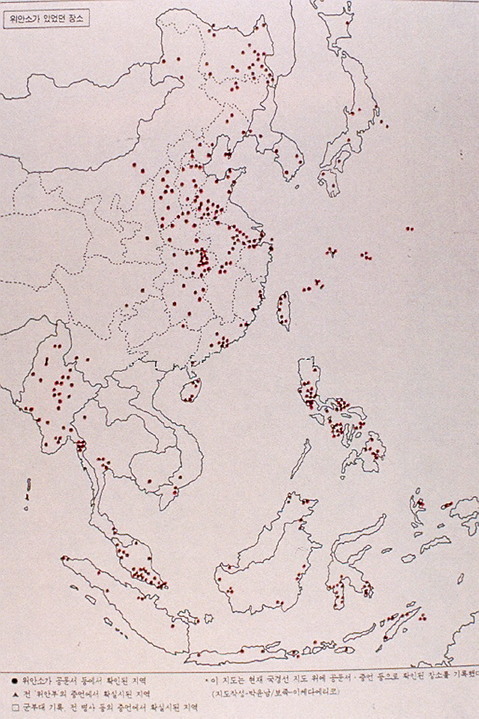
Japanese conservatives deny that they were forcibly abducted and the imperial government was behind the crime, calling them voluntary prostitutes.
With survivors here demanding a formal apology and state compensation, Seoul and Tokyo are currently in talks to resolve the dispute.
Some significant records were excavated in China and Japan. In contrast, not much has been found on the Korean Peninsula or in Taiwan because the Japanese military and colonial officials eradicated any negative traces after their defeat, often incinerating them, Seo says.
Other pivotal materials are preserved at the U.S. National Archives and Research Administration, the U.K. Imperial War Museum, the Australian Memorial and elsewhere.
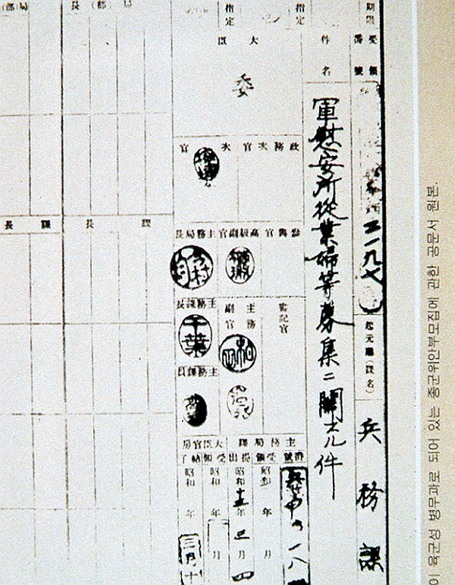
In 1992, Japanese scholar Yoshiaki Yoshimi unearthed a 1932 Navy document from the Defense Ministry library in which the term “comfort women” appeared. The discovery, coupled with Kim Hak-sun’s unprecedented declaration that she was a victim in 1991, were milestones in the survivors’ long battle for justice.
An Army Ministry paper dated Sept. 3, 1942, showed that the number of “comfort stations” topped 400. They include 100 in northern China, 140 in central China, 40 in southern China, 100 in Southeast Asia, 10 in the South Pacific and 10 on Sakhalin. The figure went up in subsequent years, though historians’ estimates vary.
Japanese journalist Kakou Senda was another pioneer in revealing the atrocities. In his 1973 book, he projected that as many as half of the 200,000 women mobilized in Korea during the war were sent to the brothels from 1937. The calculation was based on his investigations in Korea, interviews with former officials and brokers, and analyses of reports by former military doctors and earlier researchers.
According to him, the idea of comfort stations stemmed from fears of venereal disease and presumably hostile reactions from the Chinese public toward rape.
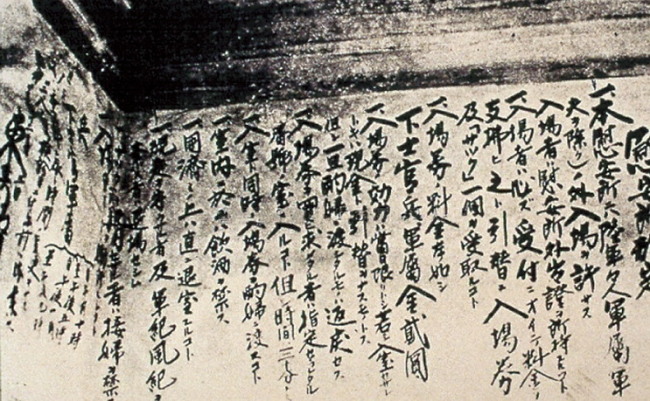
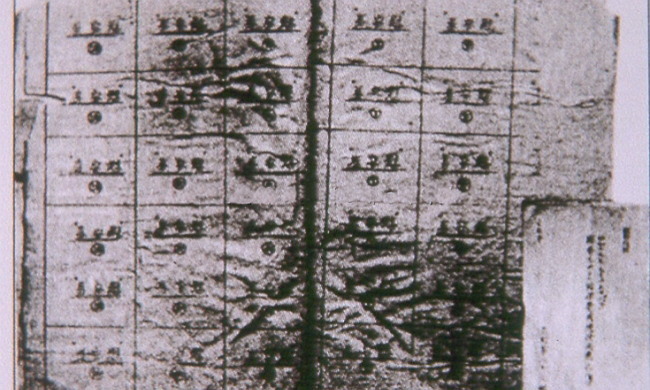
His book returned to the limelight last week after Chinese news outlets reported the recent publication of a new edition in Chinese carrying testimonies by one of the few surviving Japanese servicemen who were based in Rabaul, Papua New Guinea, in 1942, where sex slaves had to serve more than 300 soldiers a day.
“Though Senda’s estimates regarding the number of comfort women may be subject to controversy, it’s clear that his book marked the first-of-its-kind attempt to pinpoint the tragedy and evoke social attention,” Park Yu-ha, a professor of Japanese literature at Sejong University in Seoul, wrote in her 2013 book “Comfort Women of Imperial Japan.”
Multitudes of other accounts offered a glimpse into how the women were conscripted and their dire living conditions in the institutions. Some were snatched by military officers by force, while others were deceived or sold by relatives.
Scholars describe them as slaves, pointing to their lack of liberty, violence and other maltreatment.
The Ministry of Gender Equality and Family runs an e-museum dedicated to the victims, filled with their stories in the form of text, videos and images, as well as related legal and scholarly publications. Seoul is pushing to obtain a world documentary heritage status from the U.N. Education, Scientific and Cultural Organization for its collection in partnership with Beijing and Taiwan.
On display are photos of the rape centers and young girls looking terrified, disheveled or pregnant. Some graphic ones show bodies of women scattered over the battlefield ― after the troops’ evacuation at the end of the war, many of the sex slaves were not just abandoned but forced to commit in collective suicide.
Overseas archives are another source of striking facts from the time.
Korean researchers have for years pointed to a stack of documents on Japanese war crimes from the U.S. National Archives and Research Administration, thanks chiefly to the Interagency Working Group launched in 1999 to look into Nazi war criminal records.
A report described Korean prisoners captured in the Chinese city of Kunming by U.S. troops shortly after the end of the war, including 22 women forced into sexual slavery through “compulsion” or “misrepresentation.” Another one carried a list of prisoners of war and their profiles from the Philippine island of Luzon, including four Korean comfort women. A Chinese war correspondent detailed his journey in Myanmar, introducing diaries by a Japanese army commander who wrote he had sex with young British and French girls at a Japanese-owned hotel.
In 2003, a team of academics led by Chung Chin-sung, a renowned researcher on the comfort women issue who teaches sociology at Seoul National University, analyzed papers written by the Japanese military and news articles in the 1930-40s. A 1940 letter by the army to a Hokkaido coal company in 1940 shed new light on corporate involvement in the operation of colonial brothels.
In recent years, China has been ramping up pressure on Tokyo by churning out uncovered materials shoring up the charges.
Chinese historian Su Zhiliang’s landmark study in 1999 identified the existence of 149 comfort stations in Shanghai alone. He believes that some 200,000 Chinese women were coerced into prostitution in the 1930-40s.
More recent data suggests the presence of rape centers in Indonesia, Myanmar and other Southeast Asian countries during the war.
One report claimed that the number of sex slaves exceeded 400,000, with about 200,000 of them being Chinese and up to 160,000 Korean, while another contained the testimony of a survivor who said she was forced to provide sex to 178 soldiers over a span of 10 days.
“Past apologies such as the 1993 Kono Statement would not have been possible without such discoveries, even though to us they fell short of our expectations,” Seo of the NAHF says.
“The ongoing relay of fresh evidence will hopefully contribute to bringing Japan’s attitude toward the sex slavery issue forward step by step.”
By Shin Hyon-hee (heeshin@heraldcorp.com)











![[Kim So-hyun] The quiet taxi driver from Paris](http://res.heraldm.com/phpwas/restmb_idxmake.php?idx=644&simg=/content/image/2024/04/25/20240425050891_0.jpg&u=)






